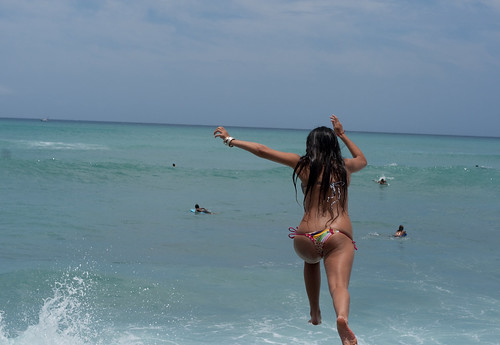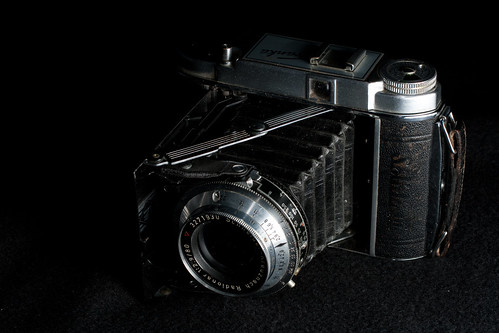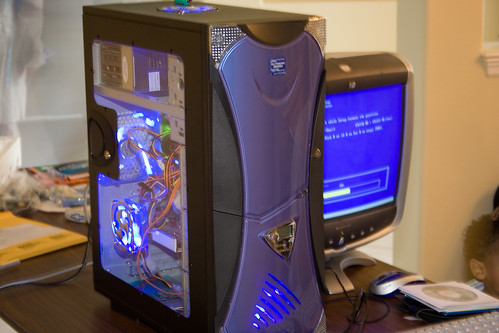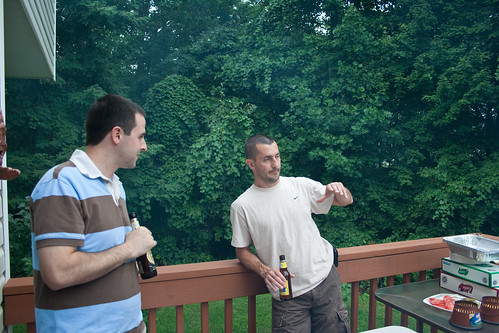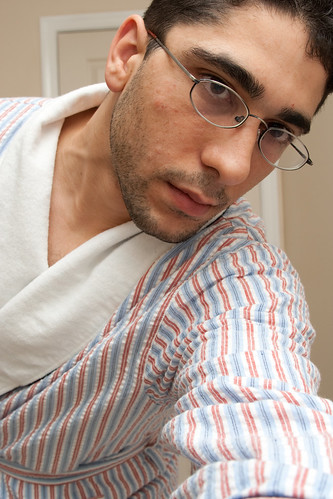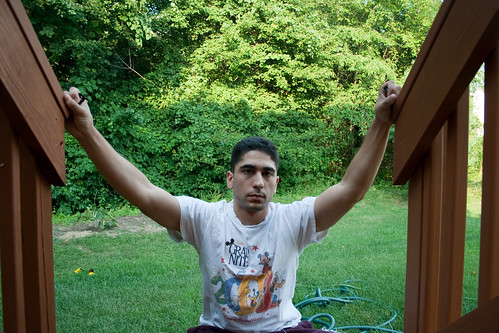Top 20 Most Interesting Photos (According to flickr)
I haven’t done one of these since last October. At lot of the same photos are there, but there are a few less panda shots. A few of the photos have switched spots with each other. And there’s the relatively new photo of Dina and Brian. Interestingly (no pun intended), my most viewed photo is not in the top 20 most interesting. (So people on flickr like uninteresting shots?)
Franka Solida III
Last time I mentioned my Franka Solida III, I had just had my first roll in my Yashica developed. I mentioned being a bit worried about the fact that I couldn’t tell what was in focus by looking through the viewfinder. Turns out that my fear was founded as I originally thought the units on the lens were ft when they were in fact meters. The results show:
The Price of Technology
We all know that technology continues to get cheaper and cheaper every year. But this was brought into sharp relief yesterday when I looked up the invoice for Dave’s computer to see what components it contained. I built Dave’s computer in 2006. It was a graduation present from my parents and meant to be Dave’s computer in college. At the time he was really big into WoW and other video games and he had a crappy old HP computer. The total price of the computer was $2421.92. It included a 500 GB Seagate drive (I was really into Seagate then) for $280! Nowadays you can get a 500 GB drive for around $50. The DVD burner didn’t fall as dramatically in price. The one I bought him was $36 and you can get a pretty decent one now around $20. I’m not going to focus on the motherboard price because those tend to actually stay constant for a standard entry board; around $100. The next expensive item was the graphics card. It was a PCI Express x16, 512 MB Radeon card and it cost $600. Nowadays you can get the same thing for less than $50. The RAM was 4 GB for $439! I just bought that much RAM for $90. Finally, the Pentium IV 3.8 GHz processor for $621. Newegg no longer carries P4s. Last time I shopped for one, about two years ago, it was $50. (The keyboard and mouse were gaming-specific so they sold for a premium, and Windows XP was $89)
Mid-Aug Photojojo Time Capsule
Found online here. Mostly involves my 365 project. But the first photo is from a BBQ with a bunch of our friends. That was an exciting day in both good and bad ways.
Interesting CPU Behavior
I never really knew much about how CPUs worked until I took a class in CPU design at Cornell. Until that point I never knew about registers and cache and pipelines. Ever since then I’ve been growing in my understanding of how the CPU works and how all the parts fit together. This culminated in me building five or six computers for myself and relatives. In that past few years, these computers have been dual or quad core computers. I’ve been using a dual core computer for my Linux computer for around a year now but I didn’t really think about it too much until this weekend. I was working on a new strip for my webcomic, " I’m Not Mad" (which I do with Nothing to the Table’s Daniel). A particular panel was taking forever to render, so I opened up the system monitor to take a look. The image was split into a bunch of squares and each square was given to a CPU core to work on. And, for basically the entire render time, both CPUs were maxed out as I expected. When it only had one square to do, one of the CPUs dropped to idle because there wasn’t anything for it to do. Nothing out of the ordinary there. But then I noticed this crazy pattern:
Otakon 2010
Just like last year, I went to Otakon, but didn’t pay to get in. Perhaps next year. So, like last year, I mostly photographed people under the the awning of the convention center. Unlike last year, I asked lots of people if I could photograph them. It paid off as I was able to get lots of shots I would have otherwise missed. It also yielded me a lot more single person portraits rather than just massive group shots that everyone else happened to be shooting. So, here are some of my favorite shots.
August 2010 Desktop Background
It’s August - the last month to get to the beach, so I went with this image from Coney Island. Click on the image below and, when it loads, right-click to set it as your desktop background.
[caption id=“attachment_3498” align=“aligncenter” width=“400” caption=“Aug 2010 - Desktop background for Square Monitors”] 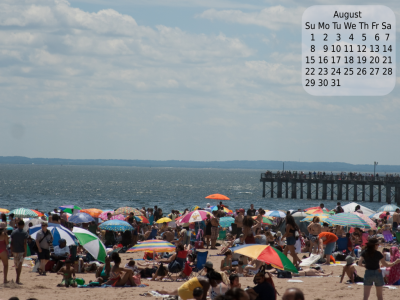 [/caption]
[/caption]
[caption id=“attachment_3499” align=“aligncenter” width=“480” caption=“Aug 2010 - Desktop background for Widescreen Monitor”] 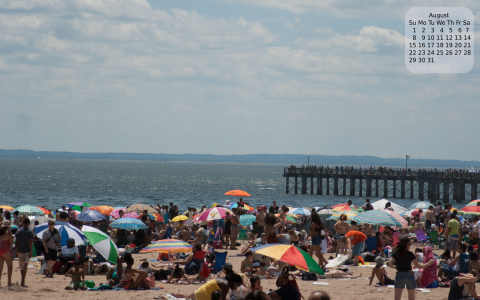 [/caption]
[/caption]
Rethinking Ebooks
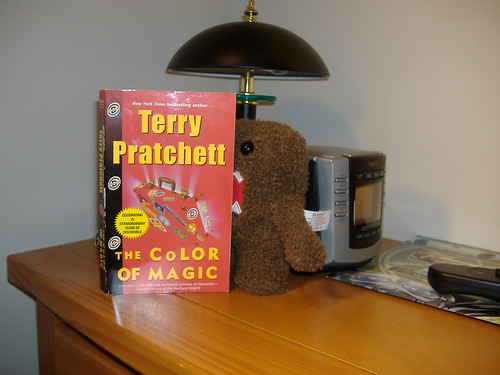
Book Domo by DJOtaku, on Flickr
Domo is not a fan of ebooks
Until now I’ve been quite against ebooks. Back when I was in college I had an iPaq and I downloaded the Microsoft reader to it. I bought about 3 - 5 books for it and, at first, I thought it was great. It would allow you to annotate the book and highlight passages. And it was electronic so I could carry a bunch of books in the space of my PDA. But it was one of the first times I was bitten by digital restrictions management (DRM). I had to reset my PDA because it got into a locked state. After that, I couldn’t read my books until I reauthenticated the PDA. After all, everyone out there is out to destroy authors and steal digital books, so they need to make sure I’m the one who paid for it. This worked the first time around, but the second time I needed to authenticate, the server refused to authenticate the device and I could no longer read the books. So I was out around $20. Imagine buying a regular physical book and then having it no longer work because it wasn’t sure if you were the person who bought it. Yeah, it’s pretty ridiculous.
Micro-blogging: 2 years later...
Almost exactly 2 years ago I started micro-blogging. Back then I signed up for Twitter, Pownce, and Plurk accounts. One month later I concluded that I really liked Twitter and that Pownce and Plurk were annoying. A few days later I discovered Identi.ca - a FLOSS version of Twitter and decided I would send frivolous tweets to Twitter and tecnological dents to Identi.ca. Then, a little while later Pownce was taken off the net. So what has happened in the intervening years?
